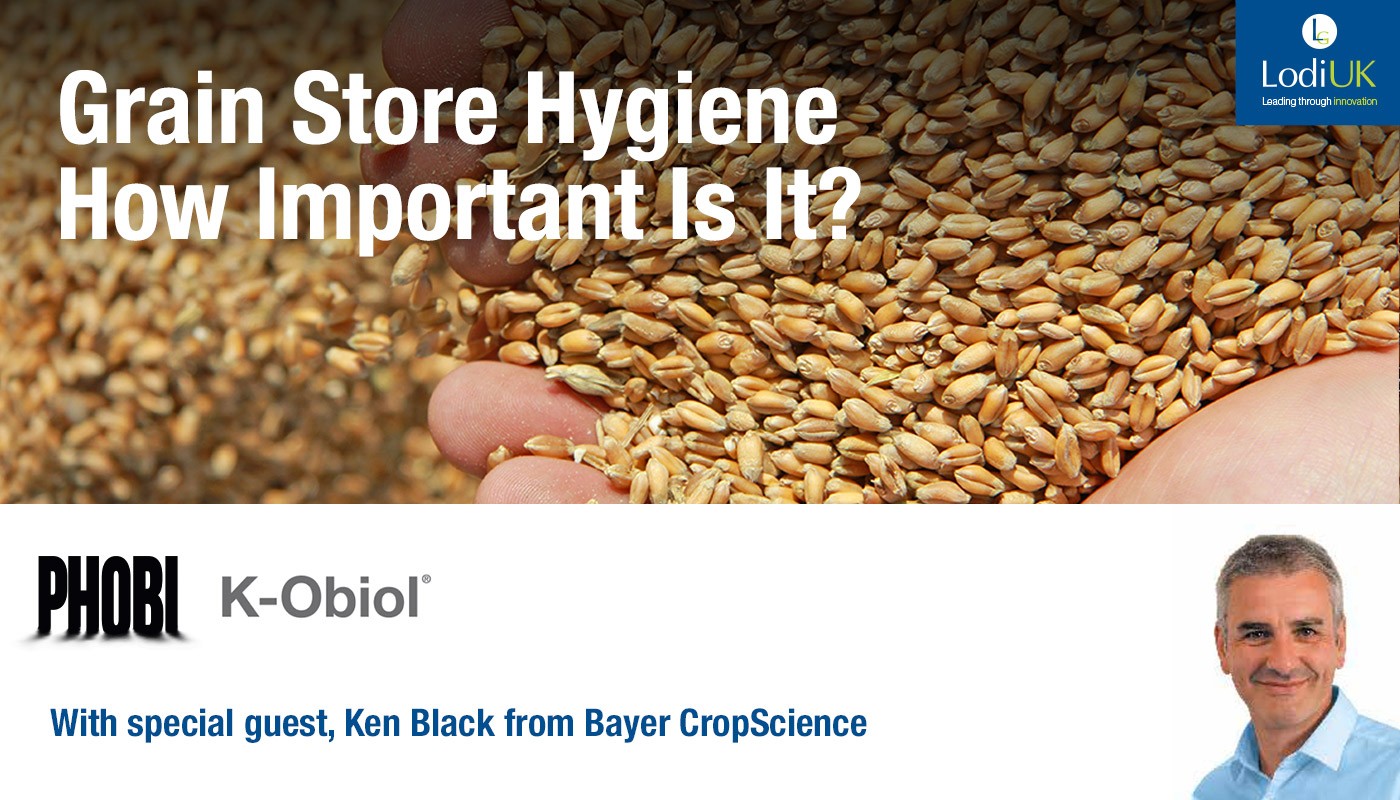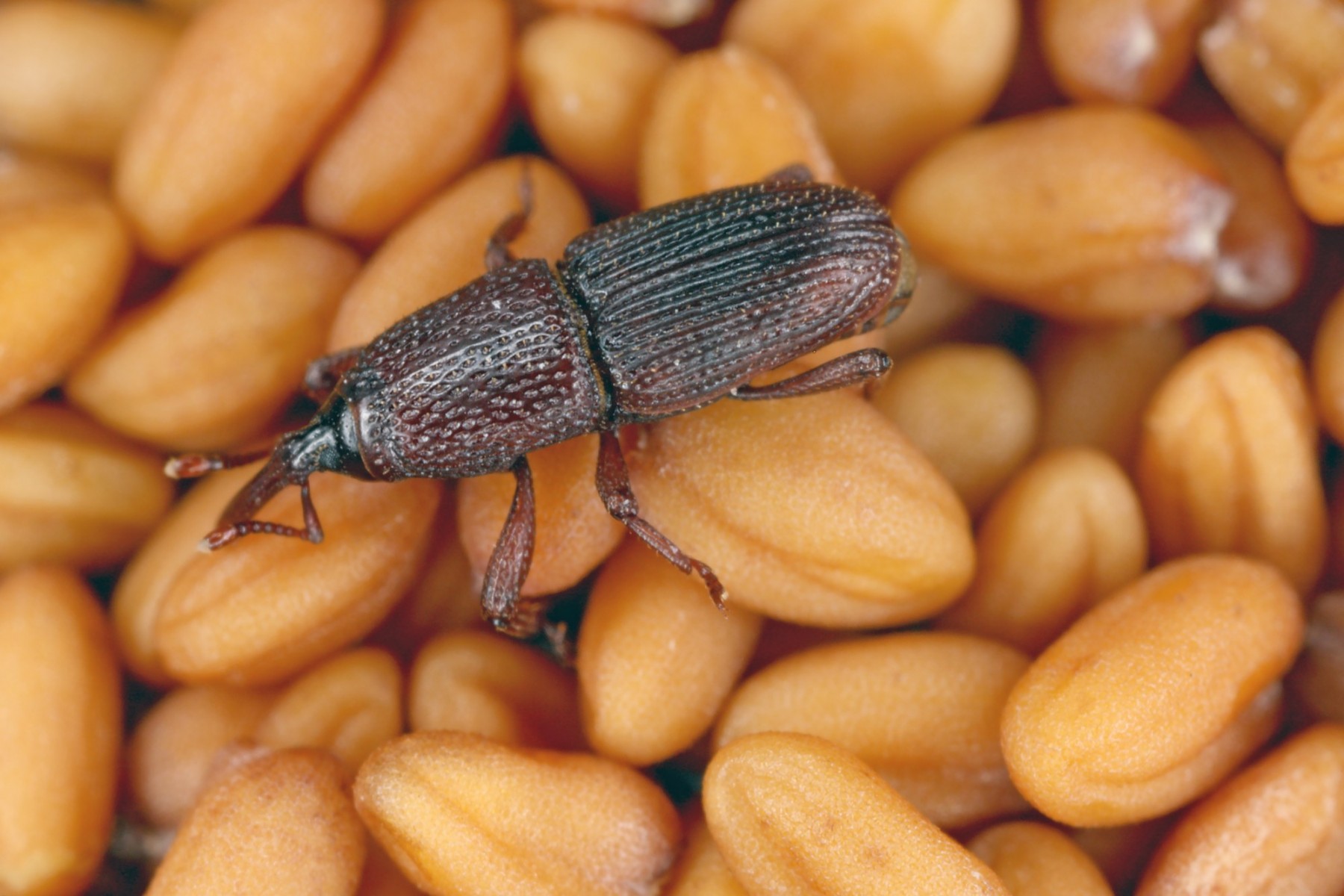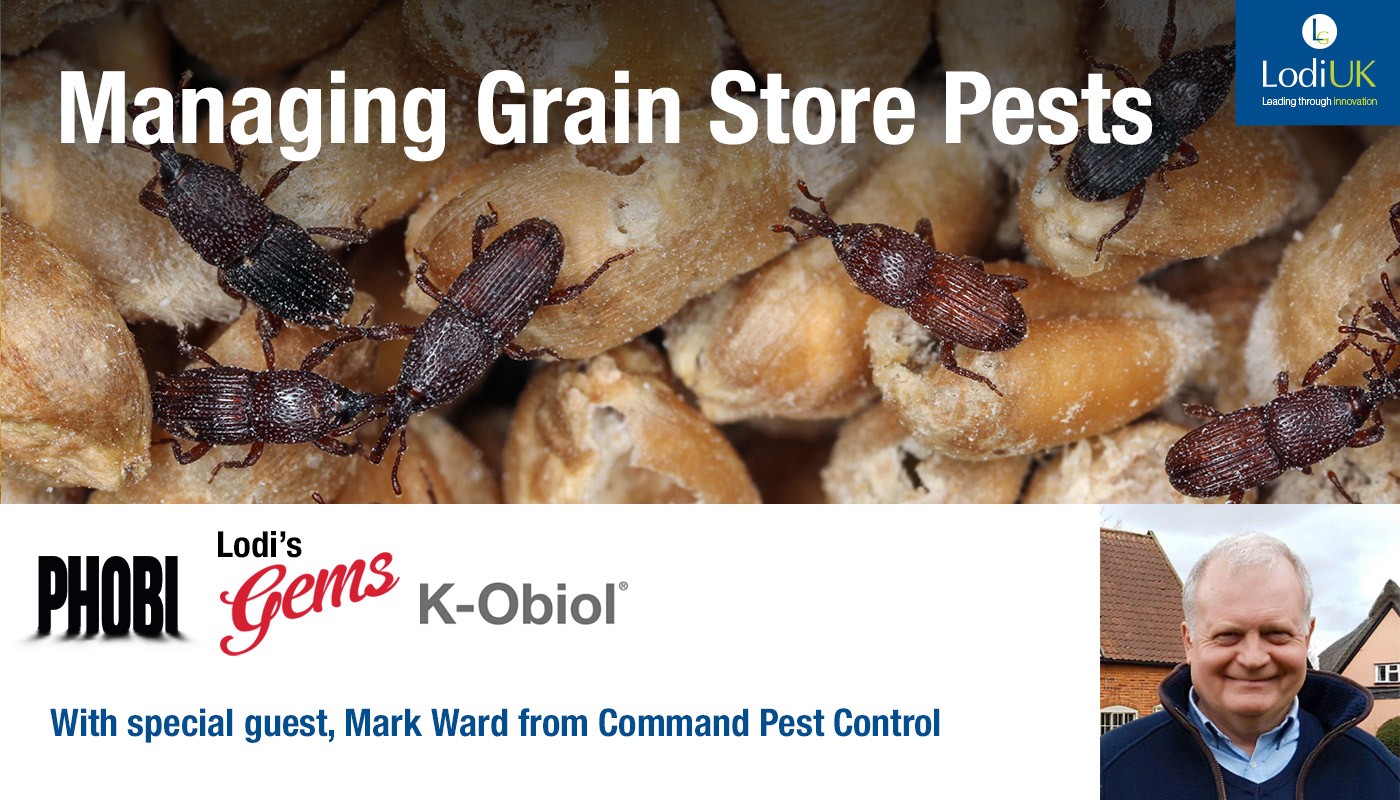
Views on grain store preparation are as varied as the farmers who hold them. While some people think it is a crucial step, others don’t put much of an emphasis on it and some do not prepare their stores at all. Hopefully, this article will convince you to spend the time to get your grain store clean before inlet this year.
Where does grain storage preparation fit into the growing season jigsaw?
As a producer, you start your growing season with the seeds for your chosen crop. You might choose to attend manufacturers and agri-chemical demonstrations or events, like Cereals. After the seedbed has been prepared and the crop has become established, you might take on advice from agronomists to help nurture your crop with fertiliser through T1, T2 and T3. As you are confronted by crop disease, pests and weeds, you’ll continue to input resources into the crop with sprays until it’s time to get in the combine and harvest. It is easy to think that the growing season ends just after harvest. However, if the store isn’t taken care of before the grain enters, a piece of the puzzle is missing. Securing the grain store against pests is never a popular job. It’s a time-consuming task that occurs at a busy time so it can be hard to justify spending time cleaning a dusty store.
Research from Colorado State University in 2010 showed that “stored grain insects often cause as much loss after harvest as crop pests cause during the growing season.” They also reasoned that “profits from growing and producing a crop should not be allowed to waste away in storage”. All the hard work that has gone into producing your crop can come undone due to a lack of grain store preparation.
The financial impact of insect infestations can include:
- Physical loss of the grain by direct consumption by the pests (which can also include birds and rats)
- Contamination by their bodies (Just one insect body in a 1kg sample of grain can cause rejection. More and more end users are becoming more focused on insect contamination as some are allergenic.)
- Encouragement of mould (A large concentration of insects in your store can lead to a higher risk of mould growth. This is due to the movement of the beetles creating heat which increases the interaction between the grains and the moisture in the store.)
- Spoilage
- Loss of quality and associated premiums
- Rejection
- Increased costs due to reactive control
The pests that feed on grain in the store are totally different from the pests that affect it whilst it is growing in the field. Grain store insects are specially adapted to live in buildings. Grain can be preyed upon by primary, secondary and tertiary pests. Primary pests are called ‘primary’ because they cause the first damage to the grain. They bore into or eat the grain with their mouthparts, meaning that they are unsuitable for the end-user. An example of a primary pest is the Grain Weevil which bores into the kernel to lay it’s eggs inside, before sealing the hole back up and moving onto the next grain. The larvae eat the grain and emerge as an adult, causing a snowball effect that damages more grains. Secondary pests, like the Red Rust Flour Beetle or the Saw Toothed Grain Beetle, then come along and feed on the grain which has been damaged by environmental factors like mould. They can also eat grains that have been broken during harvest, e.g. if the combine harvester is on the wrong setting or if the conveyers are not full. Tertiary pests, like the Brown House Moth or the Indian Meal Moth, are linked to the presence of primary and secondary pests or moulds. They can further contaminate the grain.
All of these pests need a food source, a place to harbour and the correct temperature to live and reproduce. Reducing or eliminating these elements will reduce the risk of infestation.
Just because your grain store has been empty for a long time doesn’t mean that they will have died off. At the LAMMA event in 2020, there was a sample of grain with grain weevils in a petri dish which I took home and placed in a dark, cabinet at a constant, low temperature. After 15 months, the petri dish was placed on a windowsill to increase the temperature and there were 4 beetles still alive! This shows that the beetles that are dormant over long winters or through cold weather can re-emerge as the conditions improve.
Ideally, you should clean 6 to 8 weeks before harvest. The first step to thorough cleaning is to remove all the dust & debris from inside the shed. Pay attention to ledges, steelwork, the perlings and any cupboards e.g electrical cupboards. You cannot be too thorough when you are cleaning. Although a dustpan and brush can get rid of visible dust, using an airline will get into the cracks, crevices & hard to reach areas and blow the insects and dirt out. Dispose of the dust and debris as quickly as possible. Leaving the vacuum in the store can lead to processions of insects walking back out of the hose! Clean all of the equipment, including the combine harvester, the drier and handling equipment – anything that might have the ability to harbour insects. Where possible, ensure there are no leaks in the roof and repair any cracks or crevices that might be in the roof. This might be more difficult in older stores, but the more you can do, the better.
The earlier you can clean your store, the earlier you can monitor for insect activity. There are sticky pads on the market which have pheromones that can attract insects. If you have had historical infestations, you might decide to use sprays, such as K-Obiol, and smokes like Phobi Smoke Pro 90C+, to treat the store pre-emptively. If you have not seen any insect activity, you might not need to use an insecticide treatment.
It is prudent to proof against larger pests, like rodents and birds. Birds and rodents can carry insects between stores. Other insects are capable of walking quite large distances between sheds on the farm. Transport, especially grain lorries with roll-over tops, are huge sources of infestations. If you don’t have the time to clean the store yourself, you might want to consider involving a professional pest control company. Even the most thorough cleaning may not remove 100% of the pests present, particularly if there has been a heavy infestation.
The drying and cooling of the grain as it comes into the store is crucial. Most insects breed between 25⁰c and 32⁰c, but they can’t breed at temperatures below 15⁰c (grain weevils can breed down to 12⁰c). Between 5 and 15⁰c, the insects will enter a dormant state. Below 5⁰c, the insects won’t feed and will die. You should aim for less than 15% moisture and a temperature of less than 15⁰c. Closely monitor the temperatures throughout storage. If there is insect activity, you will see hotspots. The more activity there is, the hotter it will become. Ongoing monitoring is essential.






